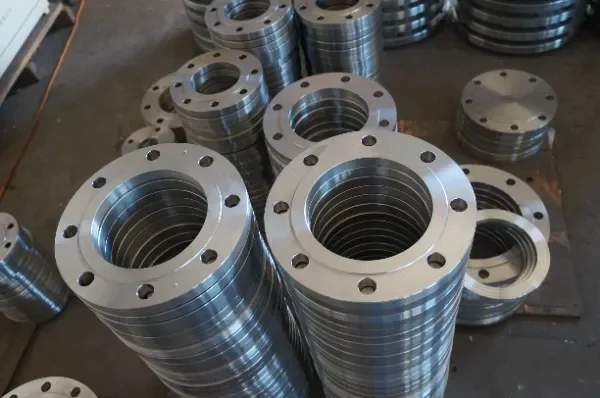Flange sealing principle and form
Flange sealing is a common sealing method, which is widely used in various industrial equipment and piping systems. It connects two or more pipes or equipment through flanges to achieve the functions of sealing and connection. This article will introduce the principle of flange sealing and the common forms of flange sealing.

The principle of flange sealing
The principle of flange sealing is to connect two or more pipes or equipment through flanges and use the pressure between the flanges and the elasticity of the sealing material to achieve the purpose of sealing. Specifically, the principle of flange sealing includes the following aspects:
1. Flange connection: A flange is a connecting piece with a flat or boss shape, and two flanges are connected together by bolts. Flange connection can be divided into two forms threaded connection and welding connection. Threaded connections are suitable for small-diameter pipes and equipment, while welded connections are suitable for large-diameter pipes and equipment.
2. Pressure transmission: When two flanges are connected together, the bolts will be subject to a certain tension, and the sealing surfaces between the flanges will be tightly pressed together. In this way, the sealing surface between the flanges can withstand a certain pressure, so as to achieve the purpose of sealing.
3. Sealing material: The sealing surface between flanges is usually sealed with a rubber gasket or metal gasket. Rubber gaskets have good elasticity and sealing performance, and are suitable for general industrial equipment and piping systems. Metal gaskets have high-pressure resistance and temperature resistance, and are suitable for high-pressure and high-temperature working conditions.
Common forms of flange seals
According to different application scenarios and requirements, flange seals can be divided into various forms. Several common flange sealing forms are introduced below:
1. Flat flange seal: Flat flange seal is the most common form of flange seal. Its sealing surface is flat, and the two flanges are connected together by bolts, and rubber gaskets or metal gaskets are used to achieve sealing. Flat-face flange seals are suitable for general industrial equipment and piping systems.
2. Boss flange seal: Boss flange seal is a special form of flange seal. Its sealing surface is in the shape of a boss, and the two flanges are connected together by bolts, and the rubber gasket or metal gasket is used to achieve sealing. The boss flange seal is suitable for high-pressure and high-temperature working conditions, and has good sealing performance.
3. Hinge flange seal: Hinge flange seal is a special form of flange seal. Its sealing surface is in the shape of a hinge, and the two flanges are connected together by bolts, and the rubber gasket or metal gasket is used to achieve sealing. The hinged flange seal is suitable for equipment and piping systems that require frequent disassembly and maintenance.
4. Welding flange sealing: Welding flange sealing is a special form of flange sealing. Its sealing surfaces are welded together without the use of bolts and gaskets. The welding flange seal is suitable for large-diameter pipes and equipment and has good sealing performance and strength.
Flange sealing is a common sealing method, which is widely used in various industrial equipment and piping systems. It connects two or more pipes or equipment through flanges, and uses the pressure between flanges and the elasticity of sealing materials to achieve the purpose of sealing. Common forms of flange seals include flat flange seals, boss flange seals, hinged flange seals and welded flange seals. According to different application scenarios and requirements, the appropriate flange sealing form can be selected to realize the functions of sealing and connection.
Carbon Steel Flange & Stainless Steel Flange
Advantages and scope of use of sliding flanges
Advantages of stainless steel flanges
What are the advantages of stainless steel pipe fittings?
304 stainless steel flange rust causes
Precautions for using stainless steel flanges
Flange installation precautions
Flange gasket seal connection leakage cause






